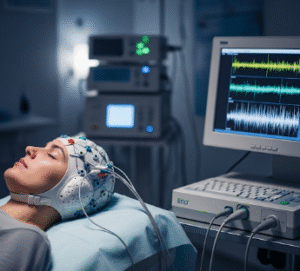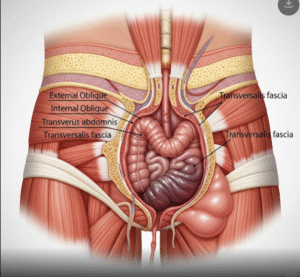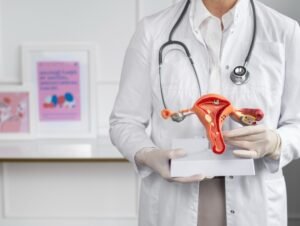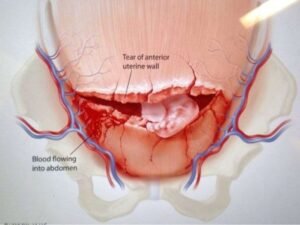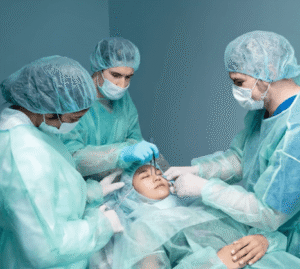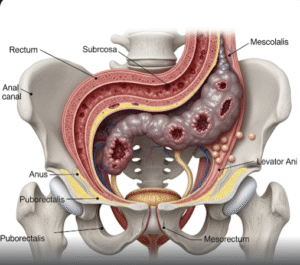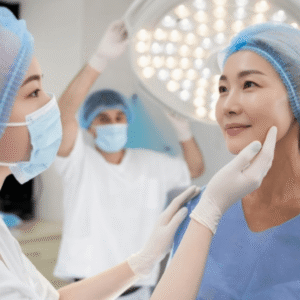Overview
Head injuries are a significant cause of emergency medical care in Korea, ranging from minor concussions to severe traumatic brain injuries (TBI). Prompt evaluation and treatment in specialized hospitals are crucial to prevent long-term neurological complications and ensure optimal recovery.
What is Head Injuries?
A head injury occurs when trauma affects the scalp, skull, or brain. The severity can vary widely, from mild concussions to life-threatening brain hemorrhages. Both adults and children are susceptible, often due to falls, traffic accidents, sports injuries, or workplace accidents.
Symptoms
- Headache or pressure in the head
- Confusion or difficulty concentrating
- Dizziness or loss of balance
- Nausea and vomiting
- Loss of consciousness
- Seizures
- Bleeding or bruising on the scalp or around the eyes
- Vision or hearing problems
Causes
- Falls from heights or slips at home or workplaces
- Road traffic accidents involving vehicles or motorcycles
- Sports-related impacts, especially in contact sports
- Physical assaults or blunt trauma
- Workplace accidents involving heavy machinery
Risk Factors
- Age (children and elderly are more vulnerable)
- Participation in high-risk sports or activities
- Poor use of protective equipment (helmets, seat belts)
- Previous head injuries increasing susceptibility
- Alcohol consumption or impaired judgment leading to accidents
Complications
If left untreated or in severe cases, head injuries can lead to:
- Traumatic brain injury (TBI)
- Intracranial hemorrhage or hematomas
- Persistent headaches or migraines
- Cognitive and memory impairments
- Seizures or epilepsy
- Physical disabilities or paralysis
- Emotional and behavioral changes
Prevention
- Wear helmets during motorcycling, cycling, and contact sports
- Use seat belts and child safety seats in vehicles
- Ensure safe home and workplace environments to prevent falls
- Avoid risky behaviors, especially under the influence of alcohol
- Regularly educate children and adults about head injury safety
Treatment Options in Korea
Treatment depends on the severity of the injury and is provided in emergency departments and specialized trauma centers:
- Emergency assessment:
- Initial evaluation including neurological examination and vital signs monitoring
- Imaging:
- CT scans or MRI to detect fractures, bleeding, or brain swelling
- Medical management:
- Pain relief, anti-nausea medications, and monitoring for mild injuries
- Surgical intervention:
- For severe cases, neurosurgery may be required to remove hematomas or repair skull fractures
- Rehabilitation:
- Physical, occupational, and cognitive therapy to restore function
- Specialized care:
- Hospitals like Seoul National University Hospital, Samsung Medical Center, and Asan Medical Center have dedicated neurosurgery and trauma units
- Follow-up care:
- Regular neurological evaluations and imaging to monitor recovery and prevent complications
With timely treatment and rehabilitation in Korea, most head injury patients recover well, although severe injuries may require long-term management and support.


